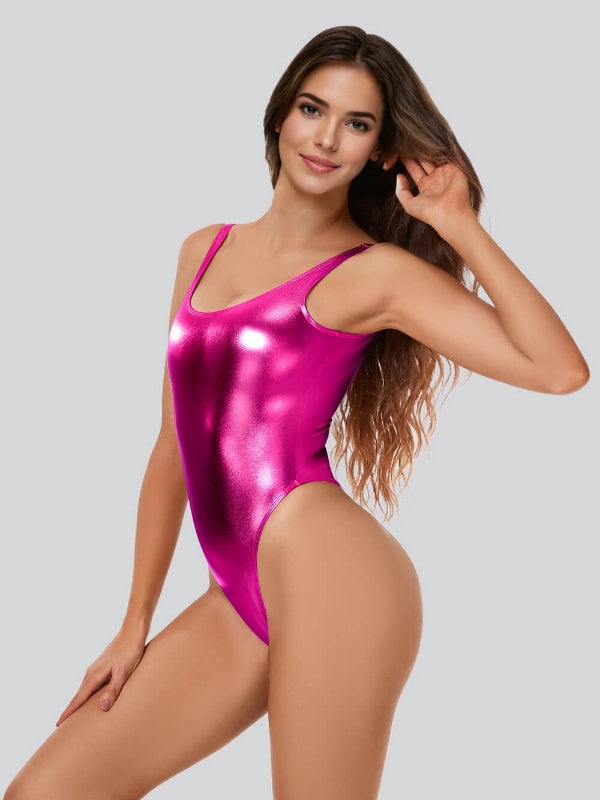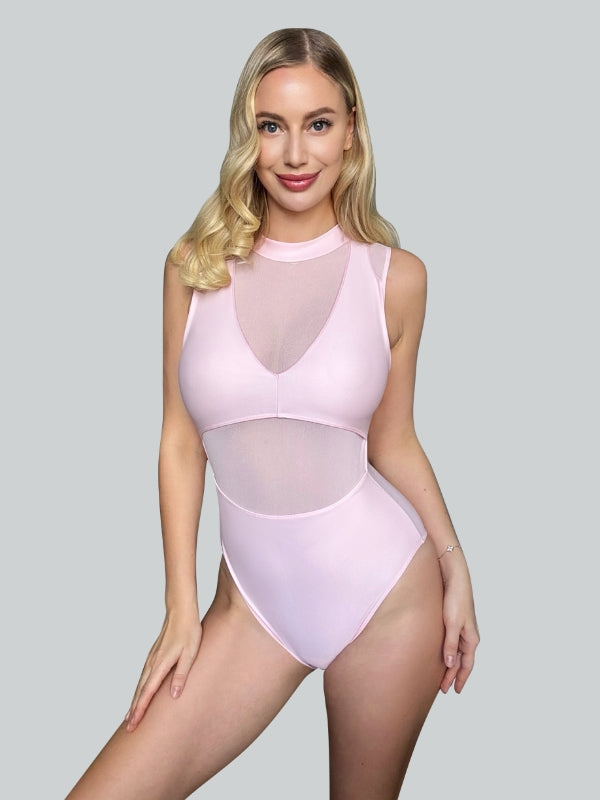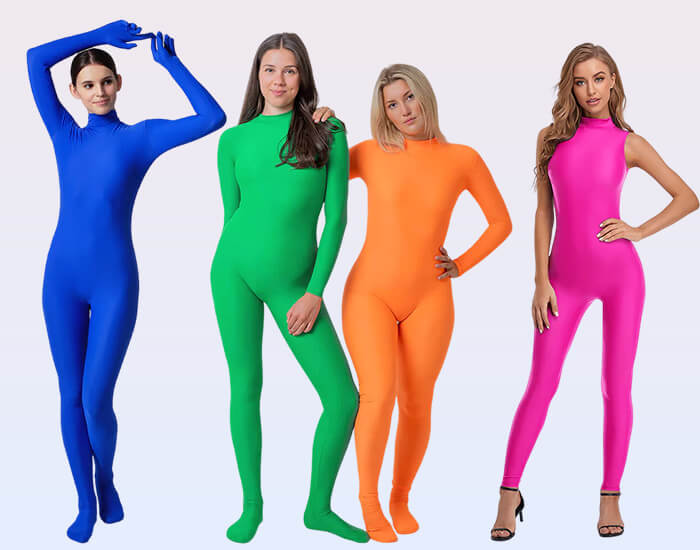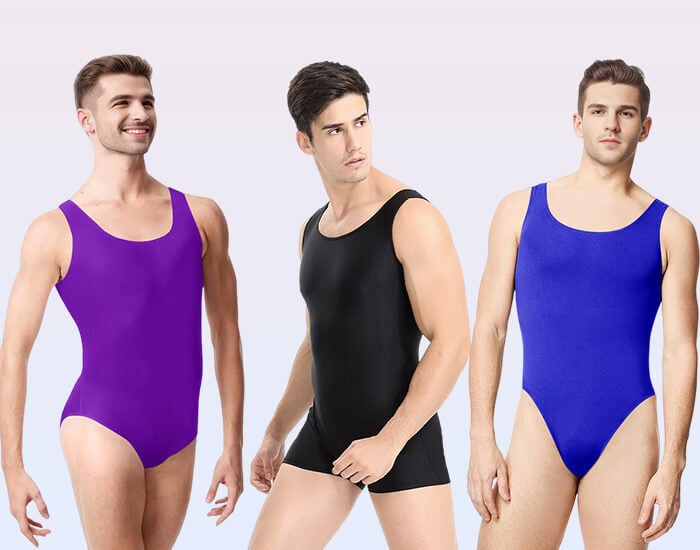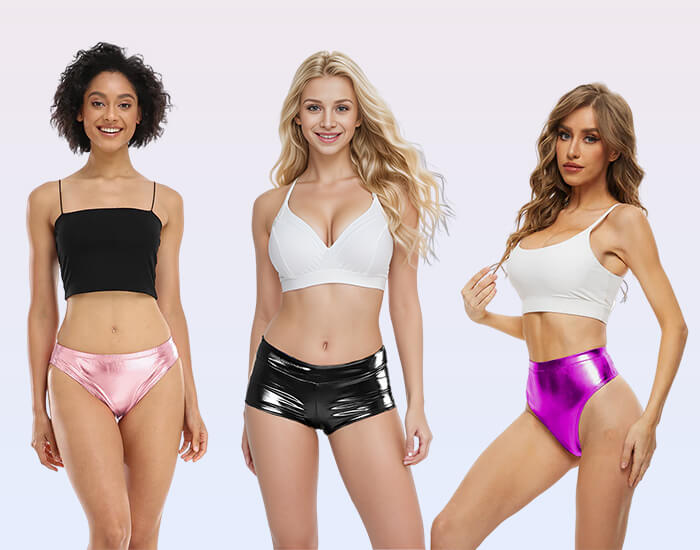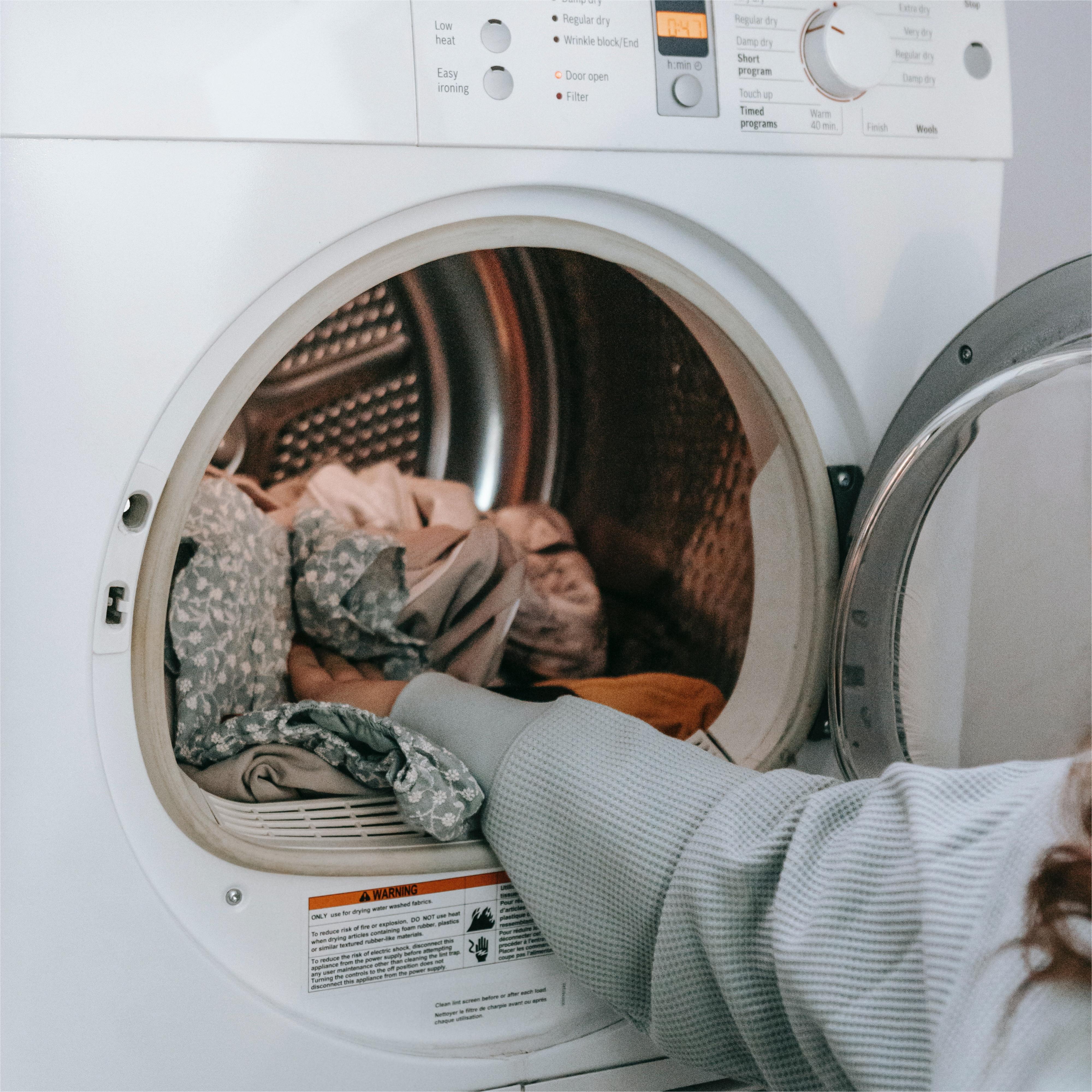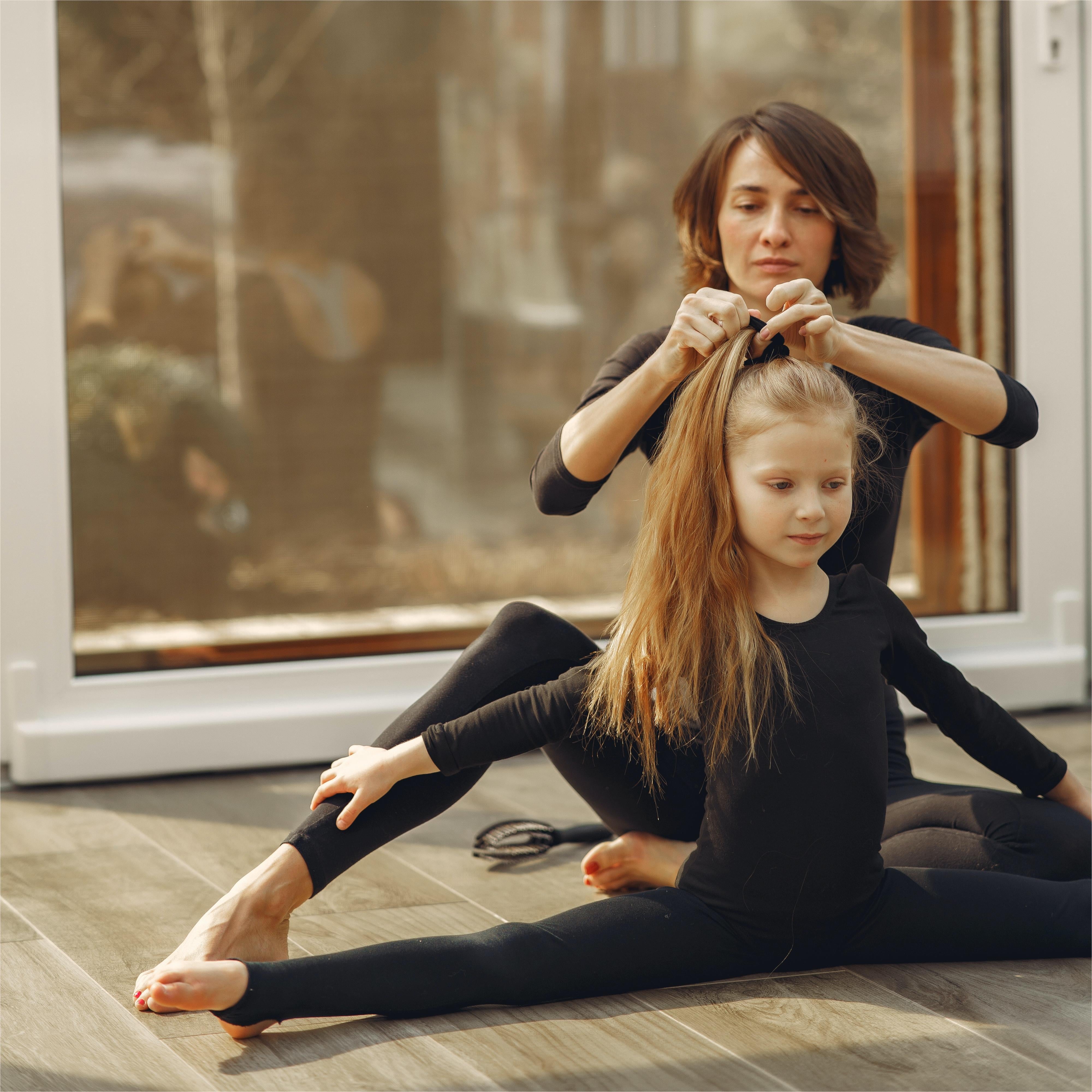Leotards & Unitards are one-piece garments that cover the entire body. Unitards are usually made from lycra, spandex, or a similar stretchy fabric, often used by dancers, athletes, and acrobats. A unitard's tight fit can help improve performance by reducing drag and increasing muscle control.
The manufacturing process of unitards is highly specialized, and there are only a handful of factories in the world that can produce them. The fabric used to make unitards is also very special; it must be able to stretch and recover quickly, and it must be comfortable to wear.
Here is the manufacturing process:
1)Measurement and Cutting
The first step in manufacturing a unitard is to take accurate measurements of the person wearing it. The measurements are used to create a pattern, which is then used to cut the fabric.

2)Sewing
After the fabric is cut, the pieces are sewn together to create the unitard. Seams are typically serged or reinforced with additional stitching to prevent them from ripping under stress.

3)Finishing
Once the unitard is assembled, any zippers or other fasteners are added. The person wearing the unitard is then tried on it to ensure a good fit. Finally, the unitard is ready to be worn for its intended purpose.

4)Painting and dyeing
Some unitards are also painted or dyed to create unique designs. This is often done for dance or theatrical performances where an audience will see the unitard. The painting and dyeing process can be done by hand or with machines, and it usually involves multiple layers of paint or dye to create the desired effect.

These unique garments are created with care and precision, and they can be used for a variety of purposes. Whether you're a dancer, gymnast, cyclist, or triathlete, a unitard can help you achieve your goals.













